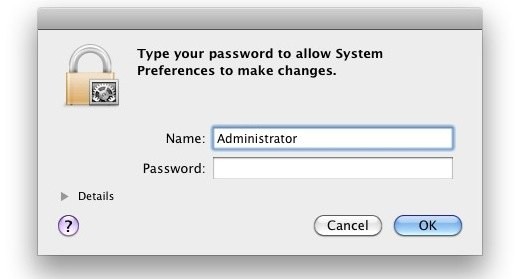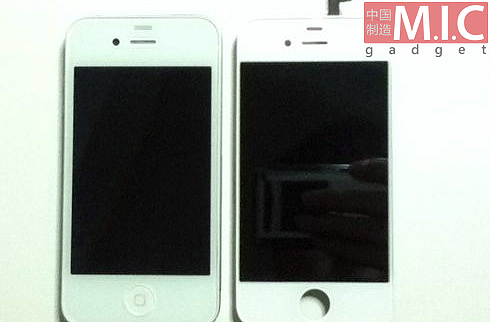Why Jailbreak? Cydia founder gives reasons why jailbreaking the iPhone is worthwhile
If you’ve been sitting on the sidelines wondering why you should jailbreak your iPhone, iPod touch, or iPad, you’re probably not alone. There’s plenty of reasons, but the video above lets us hear a few directly from Jay Freeman, aka Saurik, of Cydia fame. His main pitch is that jailbreaking gives you the freedom to do things outside of the normal scope of applications, including:
- 5 icons on your dock
- Cool animation customizations
- Quick access panels to settings
- Twitter client from a status bar
- Forward voicemail messages to other people as emails
- Custom lock screens
- Black keyboard vs white default
- iOS appearance themes
In other words, jailbreaking creates a tinkerers wonderland, allowing for thorough customization of the iOS interface and experience. If you watch the video, you’ll see a couple examples of these customizations in action, some are just pure eyecandy and others are genuinely useful enough that Apple should consider adopting them (forwarding voicemails, custom lockscreens, etc).
What app should you use to jailbreak? In the video, Saurik currently recommends using redsn0w (you can read a tutorial to jailbreak 4.3.2 with redsn0w here, it’s easy just follow the instructions).
The downsides to jailbreaking? You have to keep on top of iOS updates to make sure you don’t lose your jailbreak. Saurik recommends just waiting a few days until after an iOS update is released so that a jailbreak is available for the new version, which has been the standard jailbreaker approach for a while now. And no, jailbreaking is not illegal so there is nothing to worry about there.
For whatever reason, Saurik doesn’t mention carrier unlocking, but that’s also a common reason people jailbreak their iPhones in regions where hardware is sold locked by default. Unlocking is getting more and more challenging though, and current methods only apply to older firmware. The good news is that the GSM iPad 2 is unlocked regardless of where you buy it, and this may hint at a more liberalized approach to carrier locking in future versions of iPhone, or so we can hope.
Thanks to Parakeet for sending us the video via 9t5mac

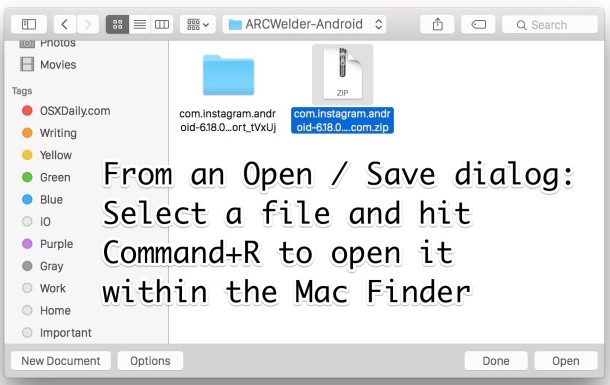
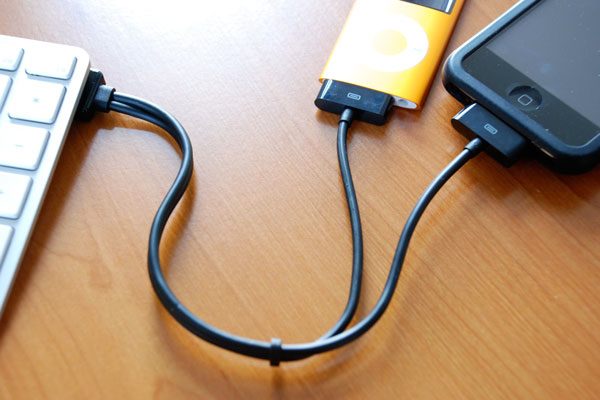

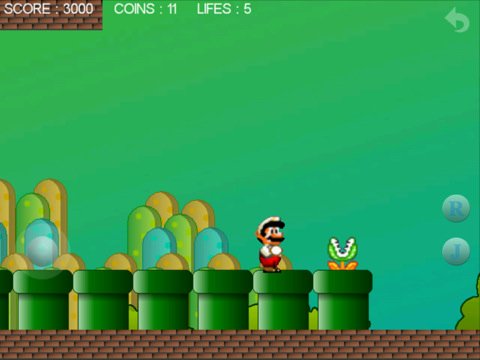

 Have you ever noticed that when you launch Safari on your
Have you ever noticed that when you launch Safari on your 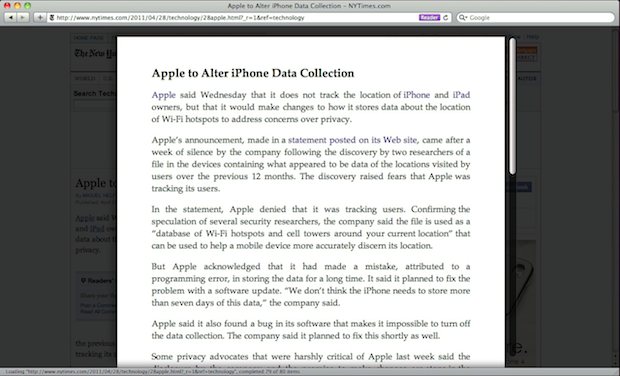
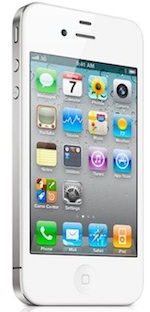 The white
The white 
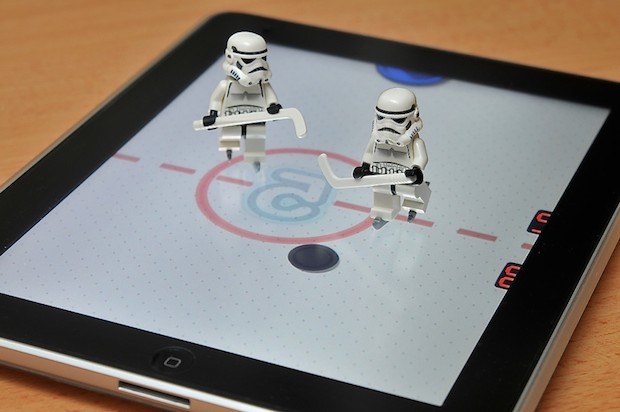
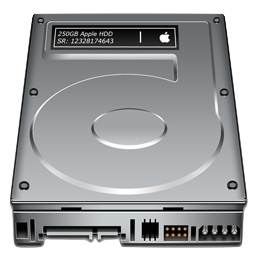 If you want to create a new partition, modify a partition table, or remove an existing partition from any hard disk drive in
If you want to create a new partition, modify a partition table, or remove an existing partition from any hard disk drive in 
